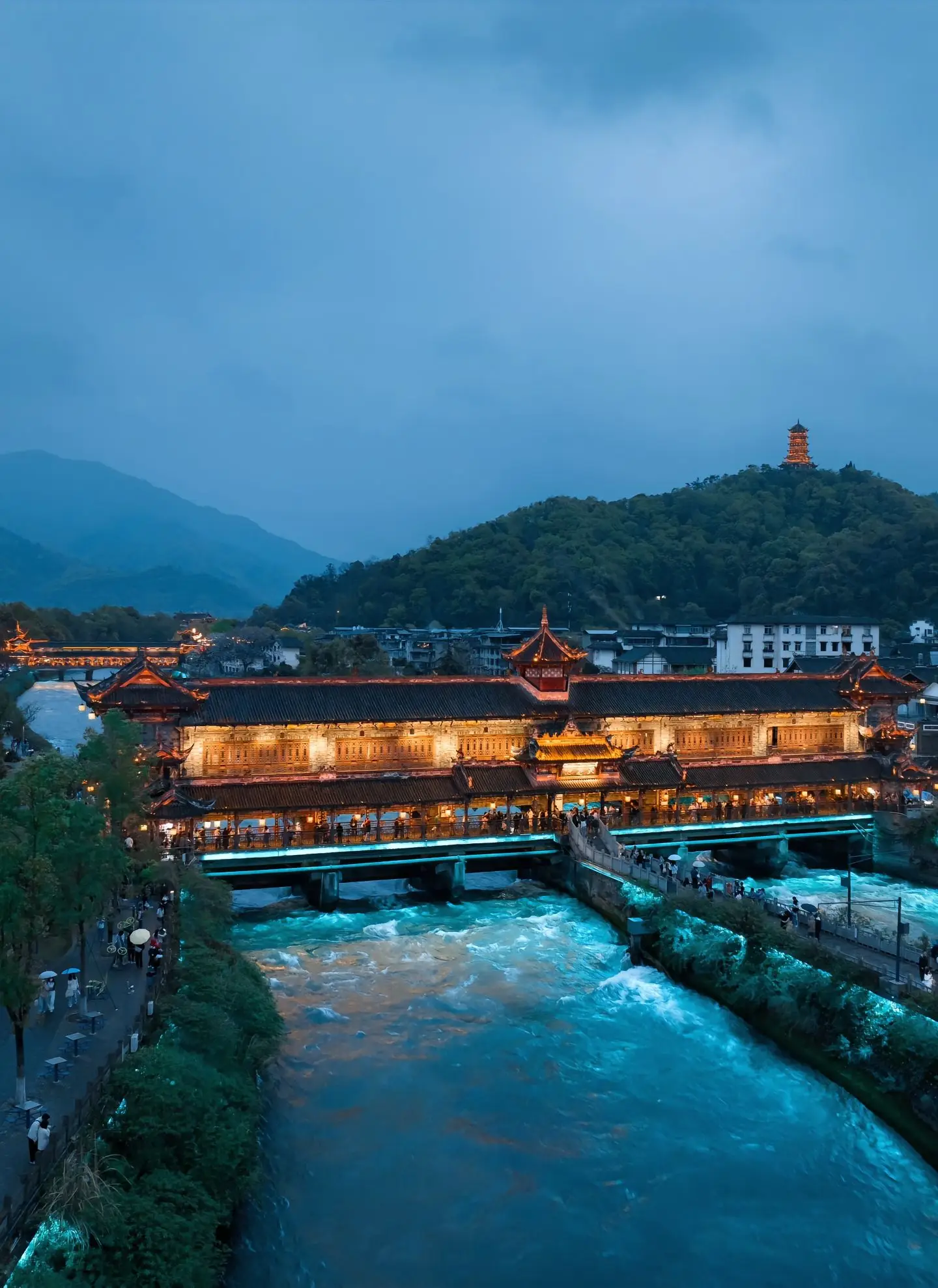Unlocking Japan: Timeless Stories and Essential Travel Tips for the Soulful Explorer
Japan exists as a paradox—a nation where neon-lit skyscrapers pierce the sky just a short train ride from ancient temples shrouded in misty forests. It’s a place that can feel both thrillingly futuristic and profoundly ancient, often in the same city block. For the traveler, this duality is its greatest charm, but it can also be its most daunting challenge. How do you move beyond the iconic postcard scenes to touch the true soul of the country? The secret lies in blending the must-see sights with the stories behind them and the practical wisdom that transforms a good trip into an unforgettable journey.
Let's start our exploration in the beating heart of traditional Japan: Kyoto. No visit is complete without witnessing the serene, golden spectacle of Kinkaku-ji, the Golden Pavilion. As you gaze upon its top two floors, completely covered in brilliant gold leaf, reflected perfectly in the mirror lake, you’re seeing more than just a beautiful building. You’re looking at the physical manifestation of a powerful philosophical idea. Originally a retirement villa for a shogun, it was converted into a Zen temple according to his will. The structure embodies the concept of harmony between heaven and earth, with each floor representing a different architectural style. The real magic, however, is found in the early morning. Arriving right at opening time isn’t just a tip to avoid crowds; it’s a strategy to see the pavilion bathed in the soft, gentle morning light, when the gardens are at their most peaceful and the spiritual atmosphere is most palpable. This is a prime example of how visiting Kyoto's cultural sites during off-peak hours can dramatically deepen your experience.
A short journey from the gold is a world of vibrant vermilion. The thousands of torii gates of Fushimi Inari Shrine, winding their way up the sacred Mount Inari, create an unforgettable tunnel of color. This is not merely a photo opportunity; it's an active pilgrimage. The gates, each donated by a business or individual seeking the favor of Inari, the god of rice and commerce (and now, business success), form a path to the summit. The key to enjoying Fushimi Inari is to keep going. Most visitors cluster at the base, but the higher you climb, the thinner the crowds become, and the more the true, mystical nature of the place reveals itself. You’ll pass smaller sub-shrines, quiet forest clearings, and even spots with panoramic views of Kyoto. This hike is one of the most rewarding unique cultural experiences in Japan for foreign visitors, offering both a physical workout and a spiritual ascent.

From Kyoto’s timeless grace, we shoot forward to the dizzying, dynamic energy of Tokyo. Here, the past and future collide with exhilarating force. A visit to the Senso-ji Temple in Asakusa plunges you into the city’s old soul. Walk through the Thunder Gate, feel the buzz of Nakamise-dori shopping street, and watch the smoke from the incense cauldron waft over visitors, believed to have healing properties. Then, take a short train ride to the Shibuya Crossing, the world's busiest pedestrian scramble. This is not just an intersection; it’s a symphony of organized chaos, a symbol of Tokyo's relentless pace. For the best view and a moment of quiet reflection amidst the frenzy, head to the Starbucks in the Tsutaya building or the Magnet by Shibuya 109’s observation deck. This contrast between the solemnity of Senso-ji and the pulsating energy of Shibuya is the very essence of Tokyo. To navigate it all like a pro, mastering the Tokyo subway system for tourists is your superpower. Download an app like Japan Travel by Navitime, consider a Suica or Pasmo IC card for seamless tapping in and out, and remember: the system is impeccably clean, safe, and well-signed in English.
No discussion of Japan’s iconic landmarks is complete without Mount Fuji. Seeing this near-perfect stratovolcano is a bucket-list moment for a reason. While climbing it is a seasonal endeavor, viewing it is a year-round art form. The Five Lakes region (Fujigoko) at its northern base offers some of the most classic views. Lake Kawaguchiko is the most accessible, with numerous best spots to view Mount Fuji for photography. For a truly breathtaking perspective, take the Kachikachiyama Ropeway up to a viewing platform. The secret many miss? The other side. The Chureito Pagoda in Fujiyoshida offers a postcard-perfect view of the pagoda with Mount Fuji in the background, especially stunning during the cherry blossom season. Always check the weather forecast and aim for an early morning visit, as clouds often obscure the peak by afternoon. This is a critical part of planning a day trip to Mount Fuji from Tokyo.
Beyond these titans of travel, Japan’s true depth is found in its quieter moments and regional gems. In winter, the Jigokudani Monkey Park in Nagano offers a surreal sight: Japanese macaques (snow monkeys) soaking in natural hot springs, their fur dusted with snow. It’s a testament to the ingenuity of nature and a truly unique wildlife encounter. Further south, in Hiroshima, a visit to the Hiroshima Peace Memorial Park and Museum is a profoundly moving and essential experience. It’s a somber but necessary pilgrimage that tells a story of immense tragedy and powerful resilience, a stark reminder of the importance of peace. The city itself, now a vibrant, green metropolis, is a symbol of hope. A short ferry ride away lies the sacred island of Miyajima, where the great torii gate of Itsukushima Shrine appears to float on the water at high tide—one of Japan’s most iconic views.
To weave these experiences together seamlessly, a little preparation goes a long way. The Japan Rail (JR) Pass can be a fantastic money-saver, but it's not for everyone. Calculate your planned long-distance trips (e.g., Tokyo-Kyoto on the Shinkansen) to see if it pays off. For shorter stays or regional travel, it might not be worth it. When it comes to etiquette rules for travelers in Japan, the core principles are respect and consideration. It’s simple: speak quietly on public transport, don’t eat while walking, queue orderly, and learn a few basic phrases like "Arigatou gozaimasu" (Thank you). You are not expected to be perfect, but the effort is always appreciated.
Ultimately, traveling through Japan is a journey of layers. The first layer is the awe of the sights themselves—the gold, the gates, the mountain. The second, deeper layer, is understanding the stories, the Shinto beliefs, the Zen philosophies, and the historical resilience that give these places their meaning. The final layer is the personal connection you forge by following the local tips, venturing off the main path, and embracing both the serene and the chaotic. So pack your curiosity along with your comfortable walking shoes. Be ready to bow, to slurp your ramen, to be silent in a temple, and to be amazed by a vending machine that sells hot coffee. Japan is waiting to share its stories with you. All you have to do is listen.




发表评论